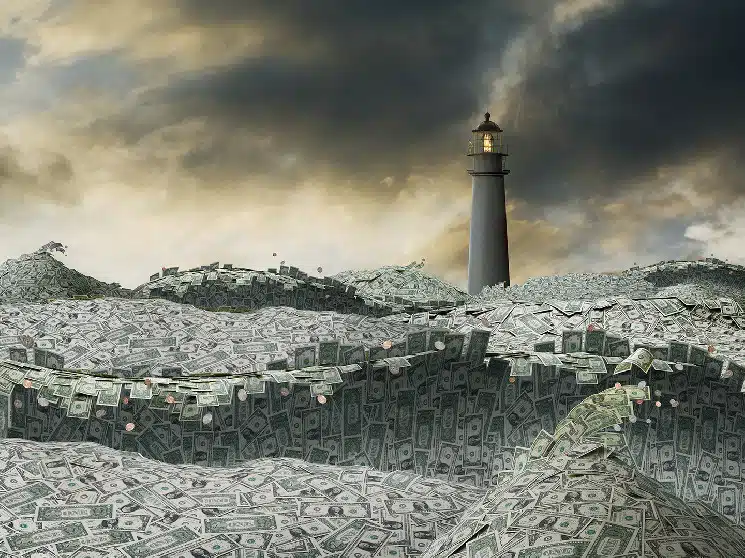In recent years, NFTs (non-fungible tokens) have revolutionized the world of art and allowed for new and innovative ways for artists to monetize their work. However, despite the promises of Web3, the NFT marketplaces still suffer from a lack of inclusivity and accessibility for artists from diverse cultures. According to J.D. Lasica, CEO of Amberfi, the current NFT landscape is largely a playground for Western, Euro- and American-centric visual artists.
Lasica argues that it is time to unlock the door and let in the millions of artists from six continents who are still sitting on the sidelines. The current NFT marketplaces are dominated by copycat generative art projects, which, while fun and valuable for collectors, limit the visibility and recognition of non-Western art forms.
This underrepresentation is not due to a lack of interest or skill among non-western creatives. Many feel caught in a self-perpetuating cycle where Western art is seen as more valuable simply because it is more frequently bought and sold. When speaking with Caribbean artists, for example, Lasica encountered a profound mistrust of established Western institutions as a byproduct of hundreds of years of colonialism.
What can be done to address these power imbalances and create a more inclusive and equitable ecosystem where artists from all backgrounds can thrive? Lasica suggests that NFT marketplaces should prioritize promoting a wider range of underrepresented artists and art forms. Collectors and galleries should be encouraged to diversify their collections and break down the biases and assumptions that underlie the dominance of classic Euro-centric art.
Education and awareness-raising campaigns to promote diversity and inclusivity in the NFT world should also be launched. Gus Adolfo, a talented Puerto Rican artist, sees the rise of NFTs as an opportunity to celebrate and share his culture with the world. By embracing this new technology, he hopes to not only monetize his art but also to spread awareness and appreciation for the stories and traditions of the Caribbean.
In the end, it starts with the individual. Artists and collectors alike should strive to honor the diversity of our shared humanity and break down barriers between cultures and people. The rise of NFTs presents a unique opportunity to do just that. As Lasica aptly puts it, “the light that’s worth chasing isn’t out there.” We are all made of light, energy, and frequency, and it is up to us to work on our own enlightenment from the inside out.
In conclusion, while the NFT marketplaces have made remarkable progress in the art world, it is important to ensure that the ecosystem is inclusive and equitable for all artists. By embracing diversity and promoting underrepresented artists and art forms, we can break down barriers and build bridges of understanding and appreciation between cultures and people. NFTs represent a unique opportunity to celebrate and honor the rich cultural heritage of humanity, and it is up to us to embrace that opportunity with open arms.


